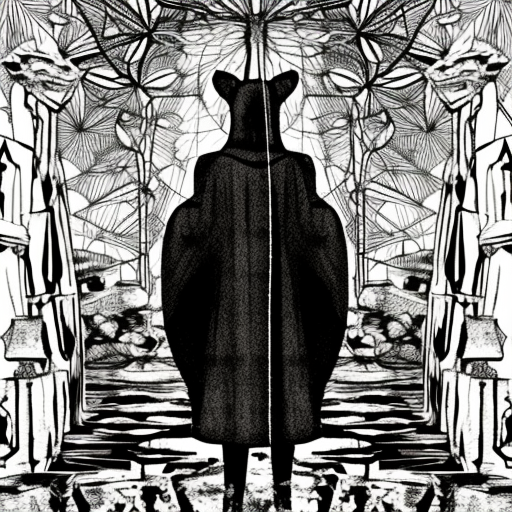One-line summary: “Maus II: A Survivor’s Tale: And Here My Troubles Began” is a powerful graphic novel that continues the story of Vladek Spiegelman, a Holocaust survivor, as he recounts his experiences during World War II and the aftermath.
The Complexity of Family Relationships
In “Maus II: A Survivor’s Tale: And Here My Troubles Began,” Art Spiegelman delves deeper into the complex relationship between himself and his father, Vladek. The graphic novel explores the strained dynamics between the two as Art struggles to understand his father’s experiences during the Holocaust and the impact it has had on their relationship.
Throughout the book, Art grapples with feelings of resentment, guilt, and frustration towards his father. He struggles to reconcile the trauma Vladek endured with the emotional distance he feels from him. The strained relationship between Art and Vladek serves as a metaphor for the generational divide and the difficulties faced by survivors and their children in understanding and connecting with one another.
The Horrors of the Holocaust
“Maus II” vividly depicts the horrors of the Holocaust through the use of anthropomorphic animal characters. Jews are portrayed as mice, Nazis as cats, and Poles as pigs. This unique visual representation adds a layer of complexity to the narrative, emphasizing the dehumanization and brutality experienced by the Jewish people during this dark period in history.
Vladek’s harrowing experiences in Auschwitz and other concentration camps are recounted in heartbreaking detail. The graphic novel exposes the reader to the atrocities committed by the Nazis, including mass killings, starvation, and the constant fear of death. The stark black and white illustrations effectively convey the bleakness and despair of the Holocaust, leaving a lasting impact on the reader.
The Aftermath and Legacy of the Holocaust
After surviving the Holocaust, Vladek faces numerous challenges in rebuilding his life. “Maus II” explores the difficulties he encounters, including financial struggles, survivor’s guilt, and the lingering trauma of his experiences. Vladek’s story highlights the long-lasting effects of the Holocaust on survivors and their families, as well as the resilience and strength required to move forward.
The graphic novel also delves into the impact of the Holocaust on subsequent generations. Art grapples with the weight of his father’s experiences and the burden of carrying on the legacy of the Holocaust. He struggles with the responsibility of telling his father’s story and the ethical implications of turning it into a graphic novel. Through this exploration, “Maus II” raises important questions about memory, representation, and the role of art in preserving history.
- Key Takeaways:
- Family relationships can be complex and strained, especially when trauma is involved.
- The Holocaust was a horrific event that dehumanized and killed millions of Jews.
- The aftermath of the Holocaust had long-lasting effects on survivors and their families.
- Art has the power to preserve history and raise important questions about memory and representation.
“You know what? It’s great that you’re listening to us. You really want to know what it was like? You care? So now you listen to this. This is how it was.”
In conclusion, “Maus II: A Survivor’s Tale: And Here My Troubles Began” is a poignant and thought-provoking graphic novel that delves into the complexities of family relationships, the horrors of the Holocaust, and the aftermath and legacy of this dark period in history. Through its unique visual style and powerful storytelling, the book leaves a lasting impact, reminding us of the importance of remembering and understanding the past.












